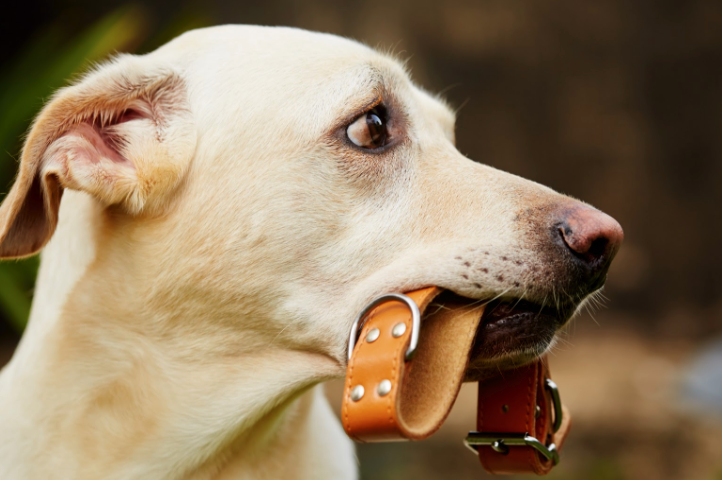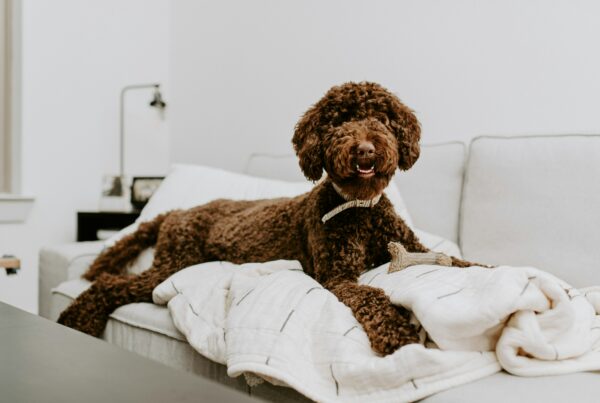Our pets are family, and we want to do whatever it takes to keep them healthy and safe. That means providing the highest-quality food, regular veterinary care, plenty of exercise, and lots of love. Sadly, in these uncertain times, it also means protecting them from pet thieves.
Two million pets are taken by animal thieves in the US every year. Tragically, only about 10% of those who are taken make it back home to their families. Pets are usually taken by people looking to make a quick buck by reselling the animal to a third party or even reselling the pet back to its family to receive a monetary reward. Even worse, stolen pets may also become victims of illegal dogfighters.
Of course, every pet should be microchipped and have an ID tag on his collar, but don’t stop there. Here are seven additional steps every pet parent should take to prevent pet theft.
-
Keep your pet’s ID tag and microchip contact information current.
The staff at Bond Vet’s Brooklyn animal hospital tell us that many people go to all the trouble to get their pets an ID tag and have them microchipped but forget to update their contact information when something changes. Keeping this information up to date is crucial for helping your pet find his way back home.
Pets should have both an ID tag and a microchip. An ID tag is easily read by anyone your pet might encounter if he gets, which allows them to contact you on the spot. On the other hand, a microchip provides identification even if your pet’s collar is removed.
Be sure to put the tag from the microchip registry on your pet’s collar, too. Knowing that your pet is microchipped might be enough to stop a thief from stealing your pet.
-
Keep your pets close.
Whether you’re walking through your neighborhood or at a park, keep your dog on a leash. Never let any pet roam without supervision. All it takes is a few seconds for a thief to grab your pet, and criminals are constantly looking for unsupervised animals. Don’t make it easy for them!
-
Secure your yard.
If you have a yard, invest in some sturdy fencing. That way you can let your dog out in an enclosed area to go to the bathroom without worrying about him wandering off. It also provides a barrier against thieves, making it difficult for them to grab your pet quickly. Don’t forget to keep your gates securely padlocked. If you can, install privacy fencing because out of sight also means out of mind.
-
Don’t forget about your doggy door.
Always lock your doggy door when you’re away from the house. Let your dog do his business before you go, put him safely in the house, and secure your doggy door just like you would every other exterior door and window of your home.
-
Your pet is safest indoors.
While the idea of letting your pet hang out on the porch or in the yard while you’re at work sounds nice in theory, your pet is safest indoors when you’re not home. Allowing him to remain outside provides pet thieves with an easy opportunity to snatch him and get away quickly.
-
Be diligent in public places.
Never leave your dog unattended in public, no matter how safe you think the area is. If you have to go somewhere that won’t allow your pooch to come inside with you, he’s safer at home.
-
Have current photos of your pets on hand.
If the worst happens and your pet is lost or stolen, current photos can be used online or on printed posters to help identify your pet. They can also serve as proof that the animal belongs to you if someone picks him up.
Final Tip
If you ever become separated from your pet, get the word out to as many people as you can as quickly as possible. Post his picture online in local groups and contact the shelters and vets in your area so they can be on the lookout. Acting quickly will increase your chances of getting your baby home safely.




